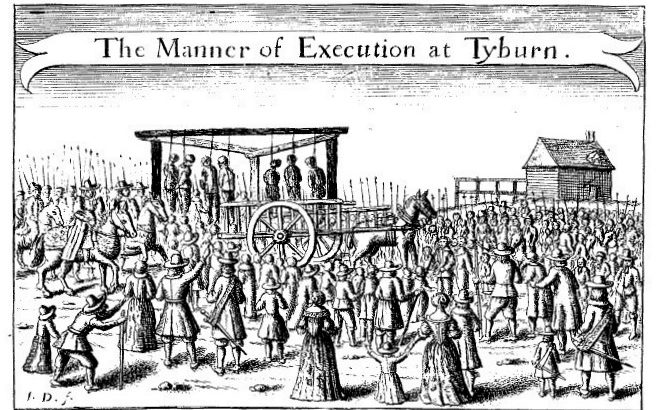Saint Oliver Plunkett: Journey to Sainthood
by Tommy Burns
(St Oliver Plunkett for Peace and Reconciliation Committee, €10.00)
J. Anthony Gaughan
Oliver Plunkett was born on November 1, 1625 at Loughcrew, near Oldcastle, in Co. Meath. He studied at the Irish College in Rome and was ordained on January 1, 1654. Following his ordination he was professor of theology at the College of Propaganda Fide. He was appointed Archbishop of Armagh in 1669.
Oliver would have been in no doubt about the challenges which awaited him as he set out on his mission. Even worse persecution was to come following the Cromwellian decade.
Legislation outlawing Catholicism and proclamations ordering the expulsion of Catholic priests from Ireland were issued in 1624, 1629 and 1653.
Thus when he landed at Ringsend, near Dublin, in March 1670 he was in disguise as a Captain William Browne, wearing a wig and complete with uniform, sword and a pair of pistols. And to protect his identity, it seems, he had on occasion to sing in taverns!
Imprisoned
Laws in 1673 and 1678 resulted in priests being hunted down and either killed, imprisoned or transported to the West Indies. During long periods of his ministry the authorities were endeavouring to arrest Oliver and in ensuring that he remained free he suffered serious privations as he sheltered in attics, caves and forests.
In these circumstances it is truly remarkable how much he achieved.
At a time when there was just a few other bishops resident in Ireland, he provided inspired leadership to a Church all but destroyed by almost a century of oppression. He rallied the Church by organising a national synod and he held a number of provincial synods.
Oliver travelled unceasingly on horse-back or on foot throughout his Archdiocese of Armagh and even managed to visit the other dioceses in the province of Ulster. Much of his ministry was conducted at Mass rocks or Mass houses with thatched roofs in secluded areas.
In his first three years in Ireland he confirmed 50,000 persons, young and old, and throughout his entire ministry he ordained more than 200 priests. He also put in place arrangements to ensure a better educated and more disciplined clergy and intervened to end disputes between religious and diocesan clergy.
Challenge
A hostile government was not the only challenge with which Oliver had to cope. For a number of years he was at odds with Peter Talbot, the Archbishop of Dublin.
At a meeting of prominent Anglo-Irish families Talbot claimed that the king had given him visitation rights or jurisdiction over the Church in Ireland and that the See of Dublin should have precedence over the See of Armagh or at least be equal to it.
Oliver’s position as the Primate of Ireland was well documented in his papers of appointment from Rome and the Primacy of Armagh over the other dioceses had been well established since the time of St Patrick. Talbot’s claim led to an unseemly dispute on the issue between the two archbishops and it was not the only issue on which they disagreed. In that regard any reader of the letters of Oliver is liable to form a very low opinion of Archbishop Talbot.
Burns provides a detailed account of the ‘show trial’ in London in which Oliver was convicted to be hanged, drawn and quartered and provides pen pictures of the priests and laymen who perjured themselves for their paymasters to ensure that conviction. He describes Oliver’s final days and his gruesome end at Tyburn.
In sharp contrast the narrative ends with Oliver’s beatification in 1920 and canonisation in 1975.
Congratulations are due to Tommy Burns for this comprehensive and very readable account of the life and times of St Oliver Plunkett.
Available from Catholic book shops, such as Veritas and the Knock Book Shop, and at the Drogheda Shrine of St Oliver for €5.


 The Manner of Execution at Tyburn.
The Manner of Execution at Tyburn. 